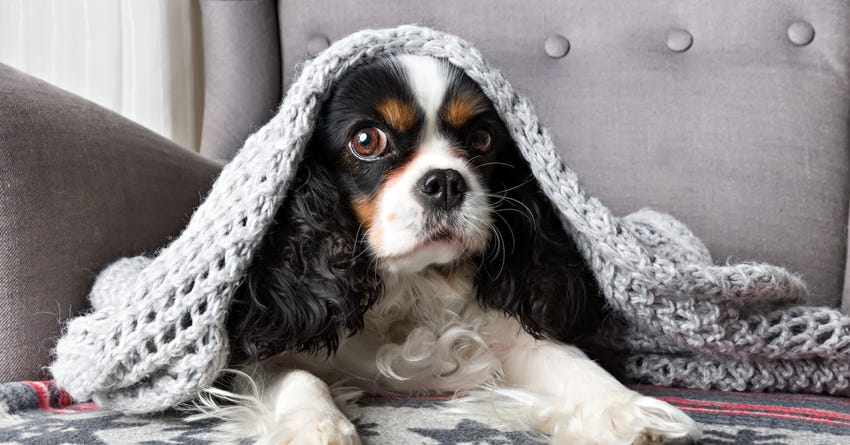
5 Tips to Help Fido Cope With Cold Weather
Share
Dogs that spend the majority of their lives outside will be more likely to be acclimatized to cold weather than dogs who stay indoors most of the time. Your pup may want to hop and play in the snow but it is our job to keep them safe this winter. Know your dog’s limitations and remember that just because they have fur coats doesn’t mean they aren’t vulnerable to the winter elements.
1. Check fur and paws
Feet, ears and tails are particularly susceptible to frostbite, while longer hair breeds can develop icicles or snowballs in their fur. Ask your groomer to trim between the paw pads, or, you can do it yourself with a hair clipper. After outdoor exposure dry your dog thoroughly and give him a careful inspection. Wounds may have occurred from exposure to snow or ice.
2. Keep your furry friend furry
Large dogs with thicker coats can handle colder temperatures better than smaller short-haired dogs, hypothermia can still set in if they spend too much time outside. We recommend keeping your furry friend furry. If you routinely have your groomer perform a shave-down, have him or her leave the fur a little longer at this time of year. If you have a short-haired dog, consider dressing them in a coat or sweater before they face the elements. Be sure to limit time outside, especially on colder days.
3. Shelter
For dogs who spend most of their time outdoors provide good warm, solid shelter. Dog houses should be insulated and protected from the wind and ideally elevated off the ground to minimize heat loss. Thick bedding (such as hay) is a necessity and should be changed regularly.
4. Senior dogs
Senior dogs are especially at risk during the colder months. Seniors lack the muscle mass and insulation that their younger counterparts have to protect them in colder conditions. Sore, stiff joints also makes it difficult for them to get around in snow and ice, thus increasing their risk of slipping and falling. Limit their time outside, shovel a safe path for them
5. More frequent shorter walks.
Consider breaking your dog’s hour-long into two or three shorter walks. Fido will want and need to go out, but he’ll be better off if you take him for several shorter walks than one long one.
By taking some simple precautions we can keep our dogs safe during these colder months of the year.


1 comment
I have an older dog with severe skin allergies. The hair on his back is now doing very well after allergy meds and steroids, but his stomach and legs are still pink to red and mostly hairless.